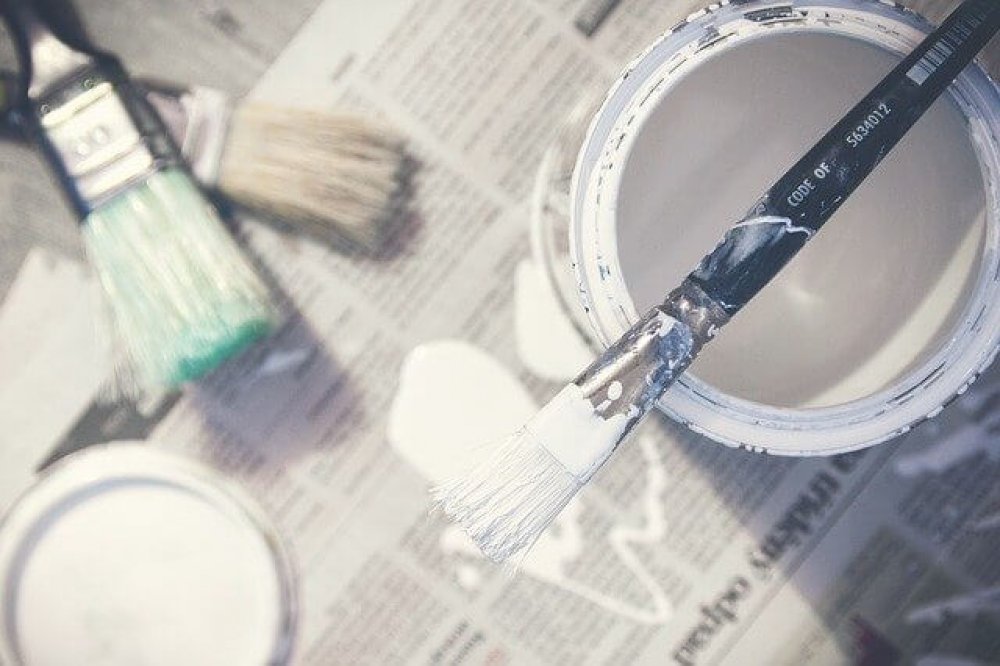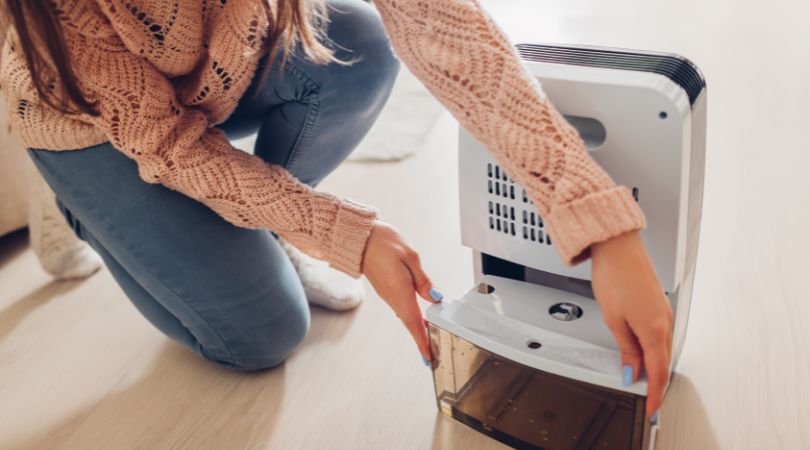Should You Paint Over Mold?
Mold is more than just an aesthetic issue. Unrestrained mold growth comes with various health risks. Spotting the expansion of mold colonies in your home calls for immediate intervention.
Many homeowners in Central Florida wonder whether they could just paint over the mold. Their thought process is that the paint will suffocate mold spores and resolve the problem. In reality, this is not the case.
Mold clean-up demands more effort. Paint that has mold-resistant properties come in handy later. However, first, you need to undertake effective mold remediation procedures.
In this article, we'll explore the topic of painting over the mold in your home. You'll learn why it isn't a good idea and what is a more suitable course of action to take.
Why It's Not Recommended To Paint Over Mold.
Painting over mold doesn't resolve the problem. Instead, it just hides the issue. Every time you face a mold outbreak, there's an underlying issue that needs fixing. For example, regular flooding of the basement, cracks in your roof, water leaks, etc.
Painting over the mold doesn't actually kill the spores. The mold colony continues to expand. When mold grows on porous surfaces, the material can become too saturated. At that point, you need to remove and replace the surface because it can be very hazardous to your health.

There are numerous downsides to painting over the mold in your home. Here are some of them:
- Accumulating damages to your property
- Long-term expenses that increase with time
- Putting the safety of your home into jeopardy
- Subjecting you and your family to health risks
We strongly caution against painting over mold in your home.
What Exactly Happens When You Paint Over Mold?
The most important takeaways are this:
- Painting over mold will not kill it
- Mold-resistant paint works as a preventive measure, not as a cure
- Mold continues to grow even after you paint over it
Some homeowners and landlords feel that painting over mold is a quick solution. For a while, they won't see visible mold in the area. This short-term thinking can lead to serious long-term problems.
The mold will return to the same area due to the fact that the root cause hasn’t been addressed. You will see bubbles, cracks, and chips appearing on the fresh coat of paint. Dealing with these consequences will result in expenses that could have been avoided.
Covering the mold in paint retains the health risks associated with mold growth. Exposure to mold could result in many health ailments for those living in your home.
What Are The Health Effects Of Mold Exposure?
Some mold strains pose a health hazard for individuals coming into contact with the moldy areas. This is a major reason why painting over mold is not an ideal solution. Here is a list of people who are at the highest risk of experiencing mold-related health issues:
- Infants and small children
- People with chronic respiratory diseases, such as asthma
- Elderly people
- Women who are expecting a child
- People with weakened immune systems
There are many symptoms that will depend on the particular mold strain and the person exposed to it:
- Lethargy and tiredness
- Chronic cough
- Runny or stuffed nose
- Sneezing

Painting over mold can also cause health ailments like:
- Lung infections
- Eye irritation
- Postnasal drip
- Hoarse throat
What To Do Instead Of Painting Over Mold?
Get a professional mold inspection done by an expert. This will help you understand the situation better. The professionals will evaluate the type of mold and the extent of its growth.
After you have more knowledge about your mold issue, it's time for mold remediation. Opt for professional help to completely remove the mold colonies from your property.
What Are The Steps To Prevent The Return Of Mold?
You can still use anti-mold paint as long as you remove any mold growth before using it. Paints with mold-destroying properties can prevent mold from growing. They aren’t effective, however, at destroying established mold colonies.
Sometimes you need to completely remove the surface that has mold on it. Plaster, drywall, and wood are easily damaged by extensive mold growth. You’ll have no choice but to replace these materials if mold has accumulated on them.
Eliminating excess moisture is an important step. Mold needs moisture for growth. When you have too much moisture in your home, the mold spores could easily form colonies again. You should immediately remove any standing water in your property.
Another thing to keep in mind is the overall humidity level of your property. Less humid homes see fewer mold issues. The easiest way to control the humidity of your property is to use a dehumidifier. Try to maintain the levels below 50 percent to stop the mold from returning.
Stale air is a risk factor for mold growth. Open the doors and windows of your home on dry weather days to let rooms ventilate. This will help keep humidity levels in check.

Always turn on the bathroom's exhaust fan before taking your shower. Keep the fan on for at least 25 minutes after you're done as well. Bathrooms are common places for mold expansion. The excess moisture creates favorable conditions for these microorganisms.
Conduct routine checks to discover a leaky pipe or roof. Repair any leaks as soon as possible. Even if the leak is very small, the intruding water may significantly raise the humidity levels.
Bottom Line: Painting Over Mold
We don't recommend that you paint over mold because it won't stop its growth. Painting over mold is a short-term solution that has many drawbacks. These include health risks and accumulated expenses in the long run.
Instead of painting over mold, you should call for professional help. Get a mold inspection and remediation done on your home to stop the hazardous growth. Following this, take the necessary steps to ensure there won't be any further mold expansion.
If you're interested in hiring professional help, give Markham Services a call at (407) 913-6363 for more information on our mold inspection and testing services.


